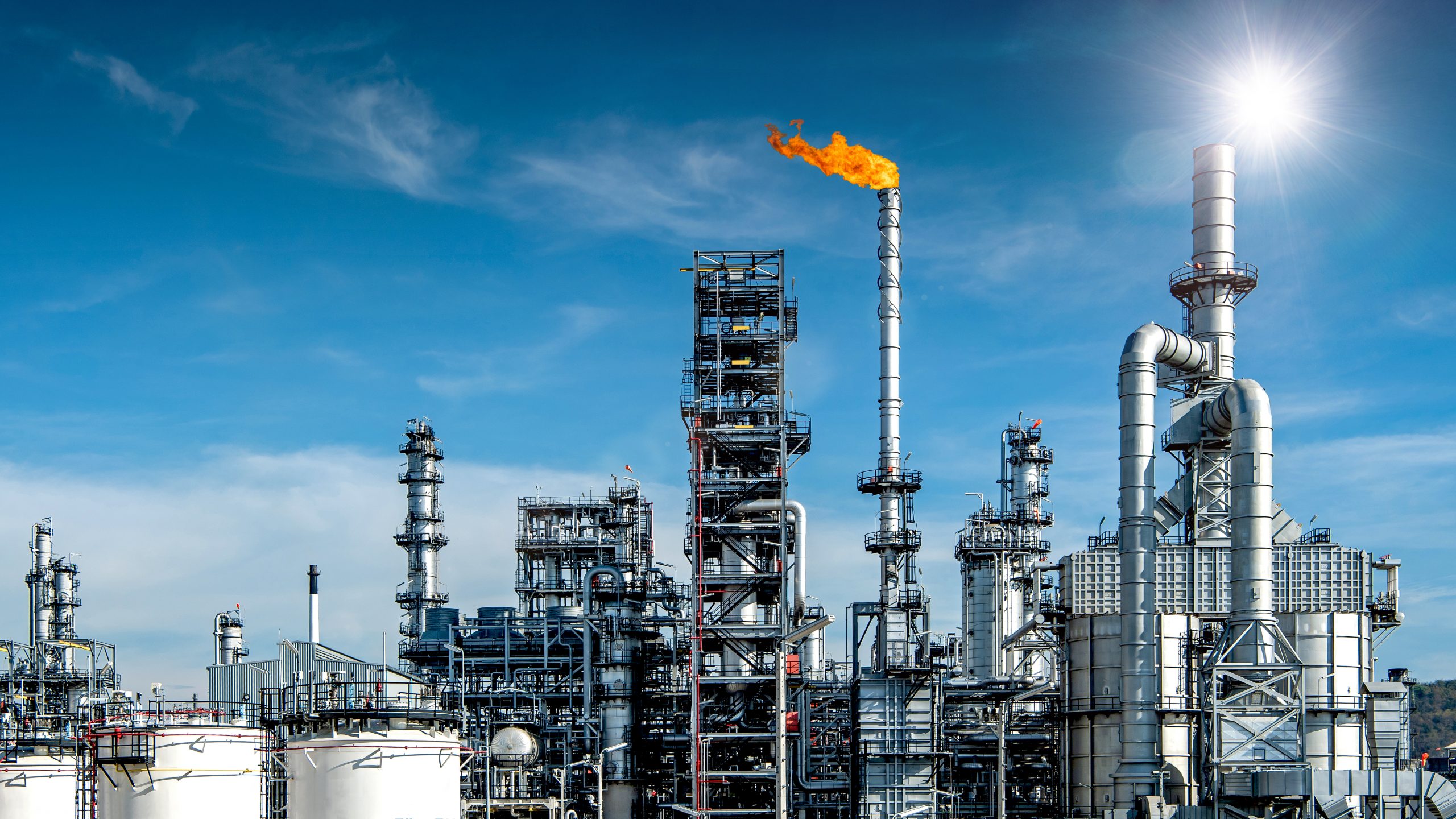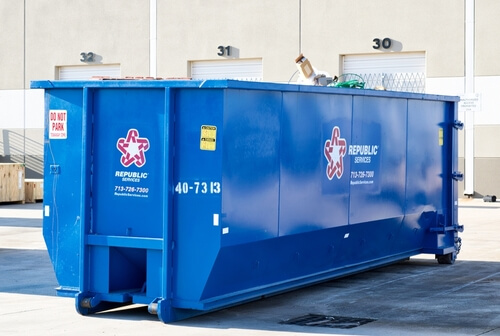The Importance of Industrial Cleaning In Factories and Plants
A clean and well-maintained facility is the cornerstone of safe, efficient, and profitable operations in any industrial setting. Industrial cleaning, however, is not your average janitorial service. It involves specialized…











